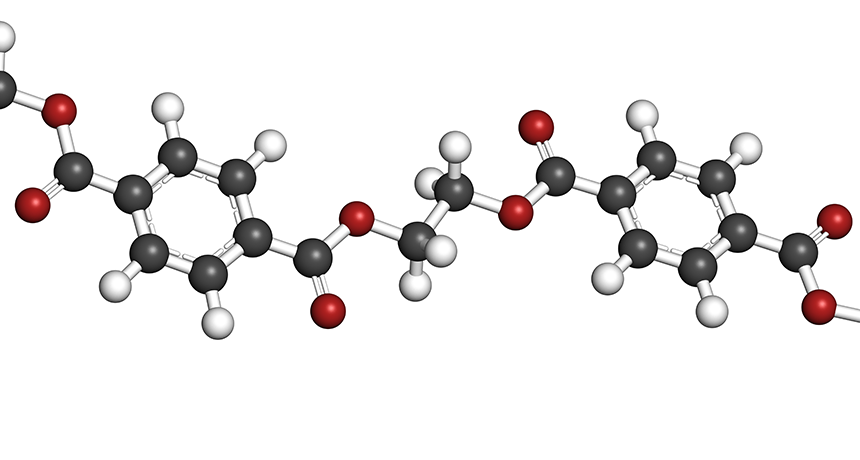
The researchers at a military research centre have taken a naturally occurring compound and polymerized it so that food can be stored for longer periods, materials can be flame-retardant, and drugs could be developed that fight cancer.
If you are interested in custom polymer compounding, your search can be finally over. PCL offers their customers rapid colour matching, outstanding technical support and first-class product quality through to flexibility on the quantity ordered and super-fast delivery from the production plant in Durham, UK.
The discovery that scientists were able to polymerize epicatechin, an antioxidant found in green tea, white tea, and red wine, occurred roughly ten years ago. Research chemists
Researchers at Natick Soldier Research Development and Engineering Centre (NSRDEC) in Massachusetts believed they could use the same tactic to study other compounds, including hydroxytyrosol, an antioxidant found in olive oil.
As you make the polymer chain longer, it becomes more potent as an antioxidant than what is present in nature, according to NSRDEC research chemist Nicole Favreau Farhadi. The conjugated monomer of this polymer makes it more potent than the monomer within which it occurs naturally.
The process of polymerization is relatively simple, according to a U.S. Department of Defence website. Due to the refinement and formulation of the process, polymerizing can occur in large quantities.
Ferdinando Bruno, a research chemist at NSRDEC, says they reported homo- and co-polymerization of hydroxytyrosol in two patents for possible use in antioxidants, possibly even cancer drugs.
Favreau says you can extend the shelf life of food by eliminating or reducing the effect of oxygen on it. The importance of antioxidants is well known. Our rations contain oxygen scavengers as you’ve probably seen. By binding with oxygen, these packets block the reactions that cause degradation of food.
There is a reaction between a protein and a reducing sugar that can cause Maillard browning in food. Baked goods and other items are not favoured by this process.
In order to test for Maillard browning inhibition, the research chemists are developing a model system. When they added polymerized compounds to food, they realised that quercetin – another red wine compound – co-polymerized with hydroxytyrosol, which was also an anti-browning agent.
In other words, it’s like getting double the bang for your buck, as it’s an antioxidant and an anti-browning agent.
“This structure can stabilise the radical we want to scavenge,” says Bruno.
Next, these compounds will be inserted into food distributed to the public, but that requires approval from the U.S. Department of Health and Human Services (HHS). The compounds in question are natural, but they’ve been synthesised, so technically they’re a brand-new compound.
The FDA would not need to approve another application since the compounds would not be consumed. Researchers at the University of Massachusetts Lowell are working with the centre to study flame retardancy.
The oxygen fuels the fire, so you want radical scavengers. When the oxygen close to the material is depleted, it won’t burn.”
To help advance their research and development, the chemists at the research centre hope to find industry and academic partners to collaborate with. “There has been a lot of interest from outside,” Bruno says.





More Stories
Choosing the Right Business Loan For Your Company
How Twitter Can Help Your Business
Facebook Small Business Marketing – How To Get More Traction